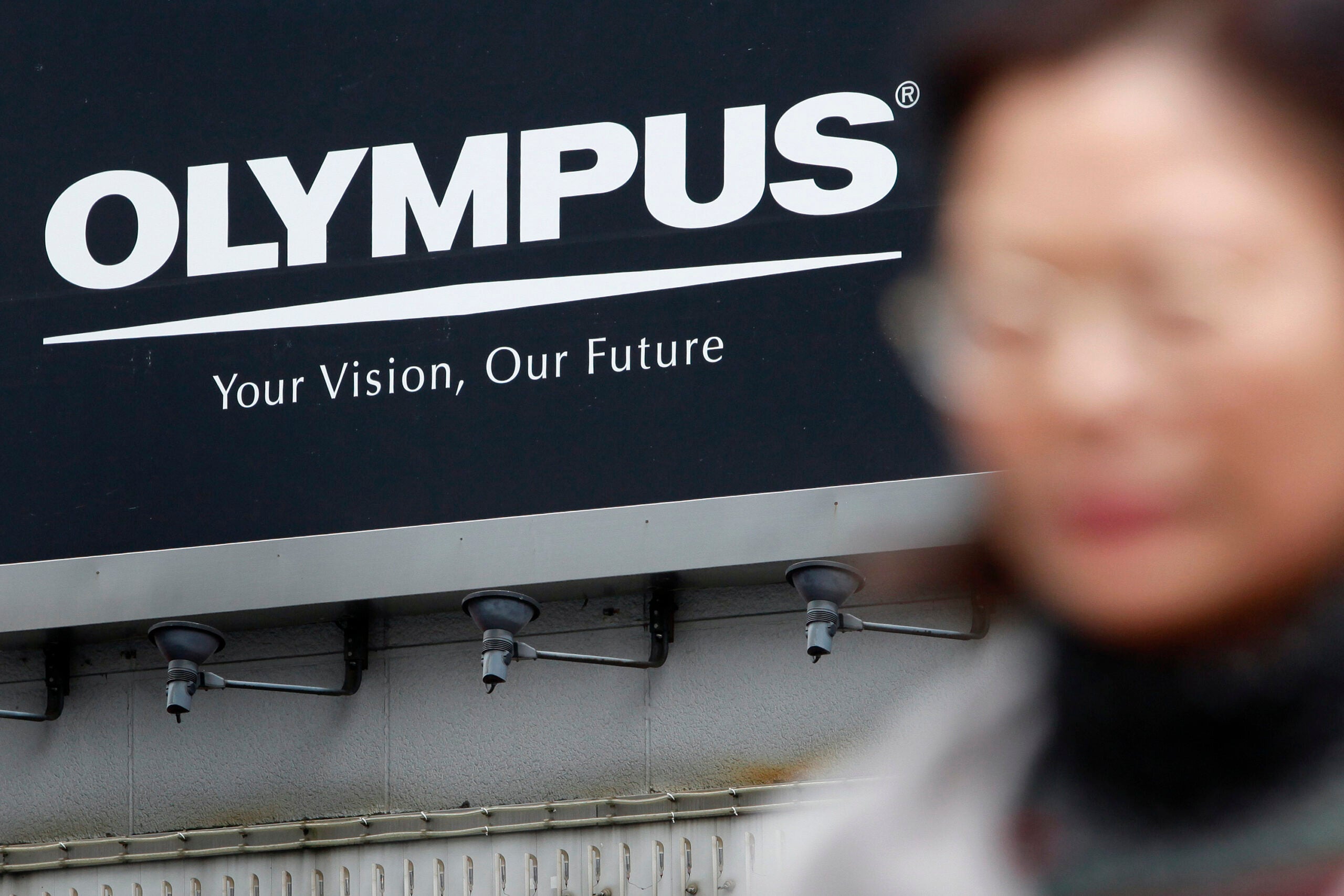
On 28 January, Japanese medtech giant Olympus announced that it had entered into an agreement to acquire Quest Photonic Devices for up to €50m, in a bid to enhance its presence in the surgical endoscopy market. The total price for the acquisition includes milestone payments.
Quest develops advanced fluorescence imaging systems (FIS), which enable more surgical endoscopy capabilities compared to existing technologies. FIS refers to light imaging technologies that use fluorescent dyes to make specific anatomical structures visible. These targeted dyes, in combination with specific light wavelengths, will make it possible to see tissues or lesions that are nearly invisible under normal white light.
The global market value for FIS is expected to grow at a compound annual growth rate (CAGR) of over 12%, expanding from around $310m in 2018 to $827m in 2027, according to Transparency Market Research.
Olympus already incorporates FIS in its Visera Elite II laparoscopic imaging system, which uses near-infrared light to identify blood vessels or lymph nodes under surface tissues. The device is designed to help surgeons perform safer procedures with lower complication risks.
The company intends to build upon this through its integration of Quest’s multi-spectral imaging technologies and imaging systems for medical applications, which range from fluorescence imaging to photodynamic therapy. Quest also works with biotech companies to develop next-gen molecular imaging dyes.
Hitachi partnership also set to bolster Olympus’s endoscopy presence
The Quest acquisition isn’t the only move Olympus has made recently to expand its endoscopic portfolio. At the beginning of January, the firm entered into a five-year partnership with Hitachi to develop endoscopic ultrasound systems.
How well do you really know your competitors?
Access the most comprehensive Company Profiles on the market, powered by GlobalData. Save hours of research. Gain competitive edge.

Thank you!
Your download email will arrive shortly
Not ready to buy yet? Download a free sample
We are confident about the unique quality of our Company Profiles. However, we want you to make the most beneficial decision for your business, so we offer a free sample that you can download by submitting the below form
By GlobalDataThis partnership builds on a previous agreement between the two, in which Hitachi supplied Olympus with diagnostic ultrasound systems and related endoscopic ultrasound systems parts.
The agreement is expected to kick in following the completion of the $1.7bn transfer of Hitachi’s diagnostic imaging-related businesses to Fujifilm. The deal was expected to complete in July 2020, but has been delayed due to the spread of Covid-19. Hitachi has stated that it seeks to complete the transfer within its 2020 fiscal year, which ends on 31 March 2021.
At this point, Hitachi and Olympus will work together to develop new endoscopic ultrasound systems that will better address the needs of both patients and healthcare professionals.
The products will be used for assessing cancer stages in the liver, pancreas and bronchus, as well as for minimally invasive care.
Steady future growth in wider endoscopy market
The global endoscopy devices market value is expected to hit nearly $44bn by 2027, according to Allied Market Research. The market was valued at nearly $32bn in 2019 and is projected to grow at a CAGR of 4.1% – not the most significant predicted growth of all medtech markets out there, but still nothing to be sniffed at, particularly for a mature field.
An increase in preference among patients and clinicians for minimally invasive surgeries and imaging systems can be partly credited for these steady growth prospects, but a growing global geriatric population presenting with ailments that need endoscopic treatment and diagnosis is also responsible. Gastrointestinal, urological, gynaecological and respiratory disorders that require endoscopic procedures for diagnosis and treatment have also risen in prevalence, propelling market growth.
As such, investing in endoscopy looks like a smart use of Olympus’s time and money. The company is seeking not only to develop novel, FIS-led endoscopic devices, but also to improve on existing ones, meaning it’s well-positioned to capture a healthy share of the endoscopy market as it continues to grow.






